【Taoism Quanzhen on the Dragon Gate】
【Quanzhen Dragon Gate in Taiwan】
[Taoism and Martial Arts]【Fifteen Treatises on Establishing the Teaching】
【Taiyi Jinhua Purpose Sutra】
[Zuting Heming Mountain]When the karma is sufficient, go to Suao Guide Palace,
Thus I got to know Taoist Master Liu, and during the chat, I learned about the Quanzhen Longmen Sect,
Thank you Daochang Liu for your enthusiastic sharing.
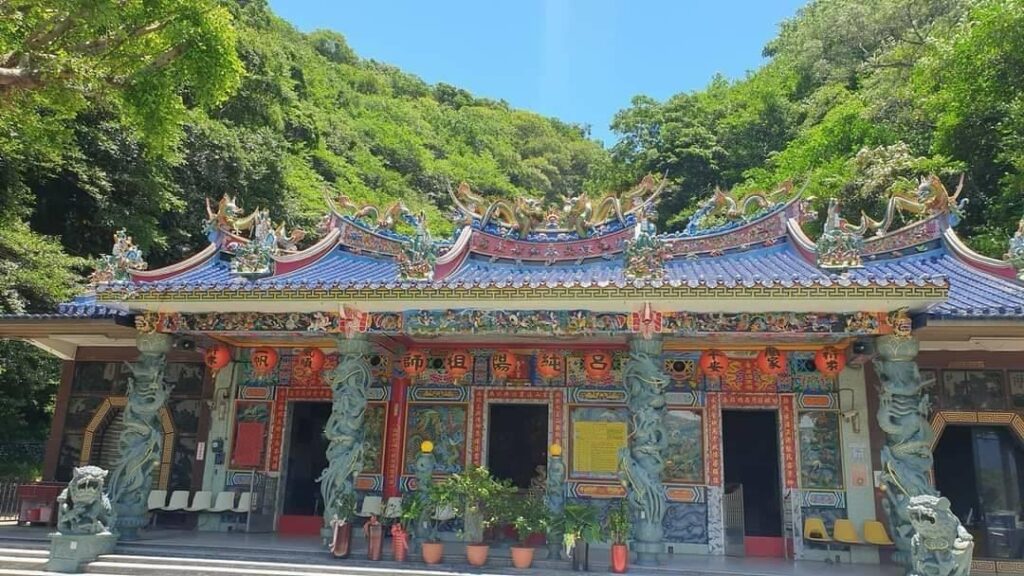
The Chinese nation has a rich cultural heritage of nearly six thousand years, and the cultivation of Confucianism, Buddhism, and Taoism has run through thousands of years of history. 5,000 years ago, the development of human civilization gave rise to the concept of Taoist philosophy. The core of Taoist thought is “Tao”. “Tao” is the origin of the universe and the law of all movements in the universe. Taoist culture is broad and profound, and more It has created many famous figures in history. The famous philosophical thinker Laozi’s “Tao Te Ching” said: “Things are mixed and born innately.” “Man follows the earth, the earth follows the sky, heaven follows the Tao, and the Tao follows nature.” The Chinese nation has been around for thousands of years, and traces of “Tao” are everywhere in our daily lives.
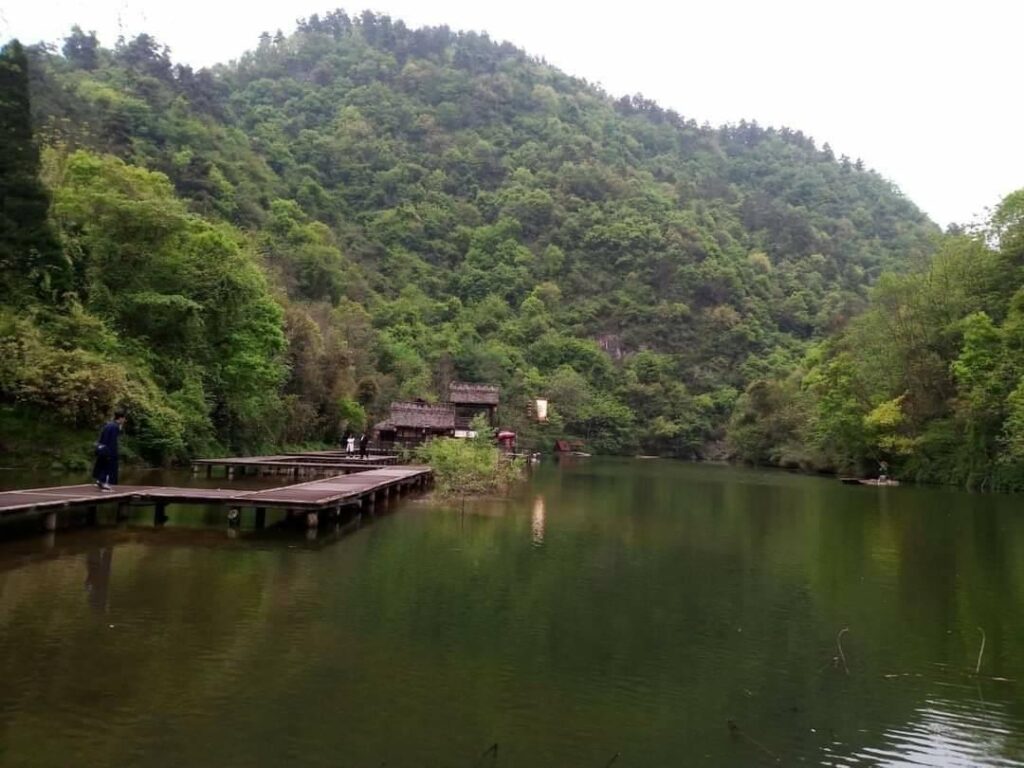
According to historical records, during the period of Emperor Shun of the Eastern Han Dynasty, Zhang Daoling founded the “Five Dou Rice Road” in Heming Mountain, Shu County (now north of Dayi County, Chengdu City, Sichuan), also known as the “Tianshi Road”. Zhang Daoling followed Laozi’s Taoist thoughts, The author “Laozi Xiang’er” was used to educate believers, which was the prototype of Taoism.
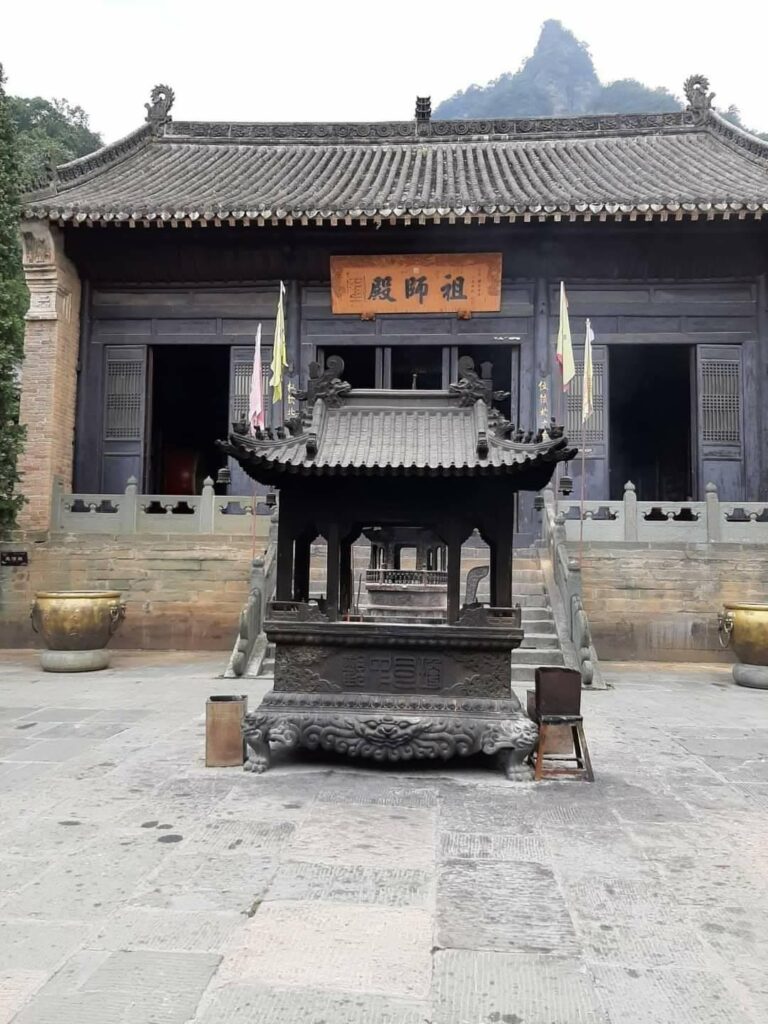
Mrs. Huacun of Wei Dynasty in the Eastern Jin Dynasty read hundreds of schools of thought, was familiar with the Five Classics of Confucianism, and was especially fond of Lao Lao and Zhuang Zhuang. He often lived quietly to practice guidance, breath-taking, and took medicine. He once offered wine to the Celestial Master. The “Huangting Neijing Jing” compiled by Mrs. Wei was shortened to the “Huangting Jing”. It was one of the important classics of early Taoism and was later revered. He was regarded as the first generation master of the Shangqing sect of Taoism. Tao Hongjing, a Taoist priest from the Qi and Liang Dynasties in the Southern Dynasties, lived in seclusion in Maoshan for more than 40 years. He built Taoist temples, recruited disciples, wrote books and preached Taoism, and promoted Shangqing Taoism, making Maoshan a Shangqing sect. Send missionary center. Maoshan, Longhu Mountain, and Gezao Mountain are collectively known as the “Three Mountain Talismans” of Jiangnan Taoism, and they continue to this day. It can be said that Mrs. Wei Huacun played an important role in the real rectification of the name of “Taoism”.
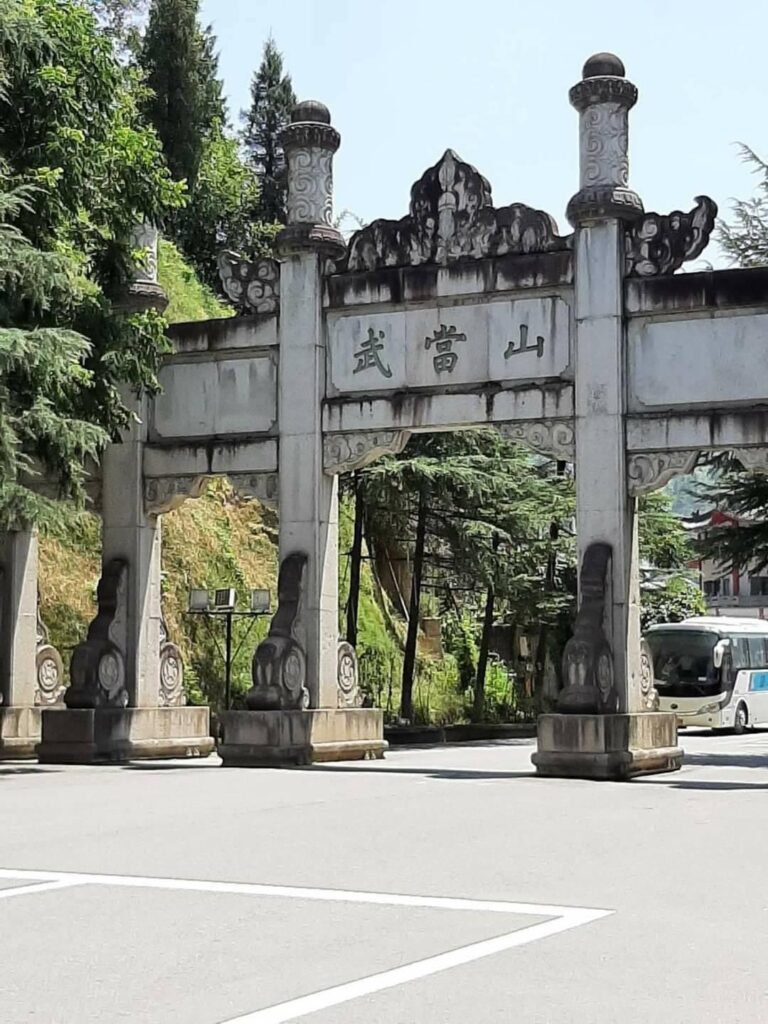
Taoism developed well after the Southern and Northern Dynasties. Among them were several famous Taoist priests, such as Kou Qianzhi of the Northern Wei Dynasty, Lu Xiujing of the Southern and Northern Dynasties, Ge Hong and Tao Hongjing of the Southern Song Dynasty. They vigorously advocated the integration of Taoist rituals By integrating them, Taoism began to have a more complete system of gods and rituals.
When Taoism developed into the Sui and Tang Dynasties, due to the praise and support of the royal family, Taoism flourished and the Maoshan Sect came into being. Zhenzong of the Song Dynasty enshrined Zen and the Jade Emperor’s belief also officially appeared in the Taoist system.
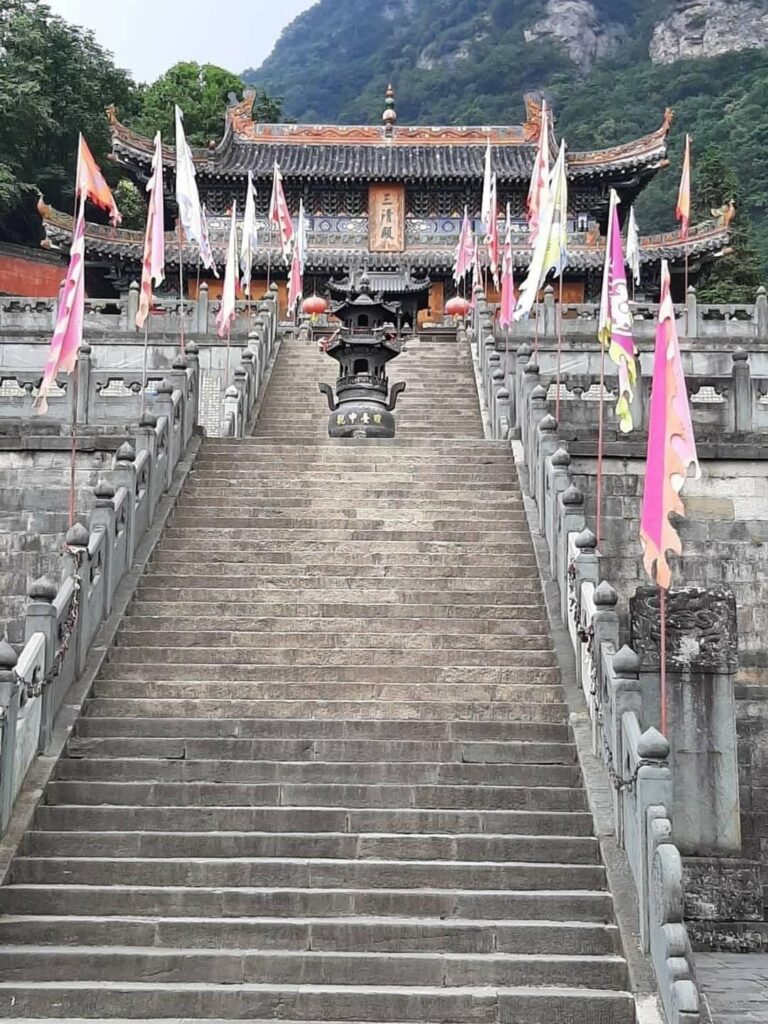
Wang Chongyang of the Jin Dynasty founded Quanzhen Taoism, which was mainly based on inner alchemy. When I was young, I was immersed in Jin Yong’s martial arts novels about Jianghu’s grudges, Yang Guo and Xiao Longnu in “The Legend of the Condor Heroes”, Zhang Sanfeng of the Wudang Clan in the novel, and Qiu Chuji in the late Jin Dynasty and early Yuan Dynasty. “Kill” is deeply imprinted in my mind. Among them, Qiu Chuji is one of the Quanzhen Seven Sons. Jin Yong’s martial arts has also written on the Quanzhen Seven Sons many times, which also aroused my interest in Taoism.
; Later, I gradually understood why Wang Chongyang was the top of the five masters of swordsmanship in Huashan!
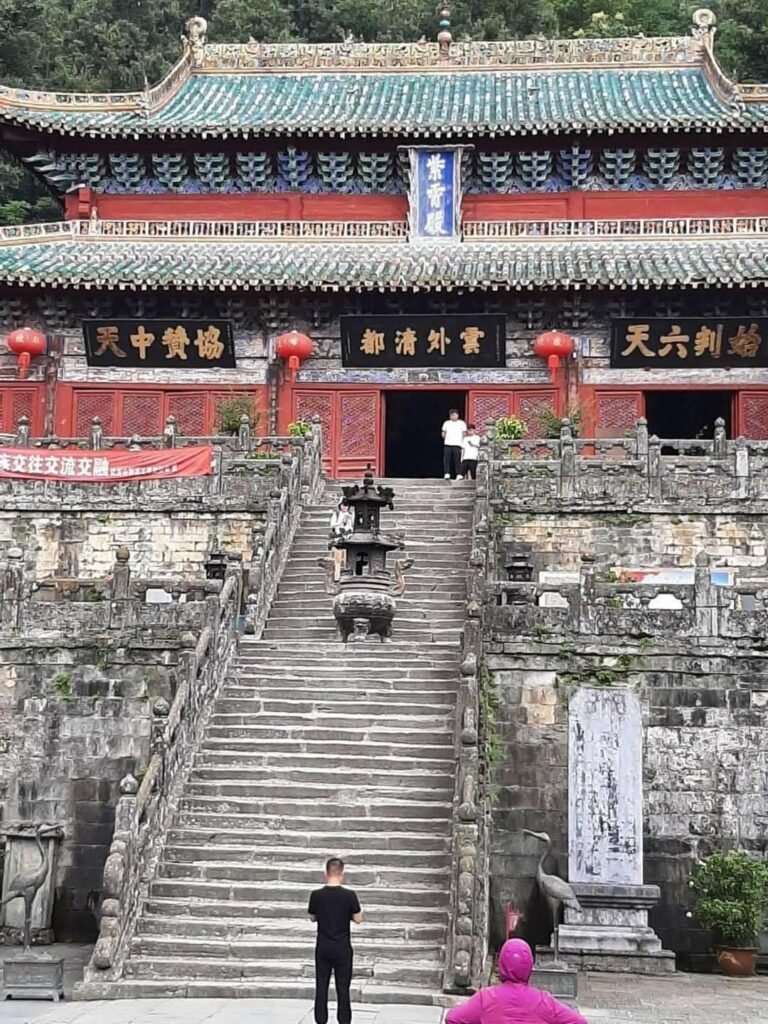
Please refer to the previous post:
https://m.facebook.com/story.php?story_fbid =869276251133468&id=106670230727411&mibextid=Nif5oz
Quanzhen Longmen Taoist priests must first convert to the Master of the Three Treasures Taoist scriptures. They must be vegetarians and focus on the cultivation of inner elixirs instead of talismans. They advocate the dual cultivation of life and life, and take the cultivation of truth and nature as the right way. Due to the emphasis on inner elixir cultivation, most Quanzhen Taoist priests do not eat meat or get married (according to the “Fifteen Treatises on the Establishment of the Chongyang Sect”, Patriarch Wang Chongyang is the founder of the Quanzhen Sect.).
This is similar to the three refuges in Buddhism, so we can further understand the idea of the complete dragon gate.
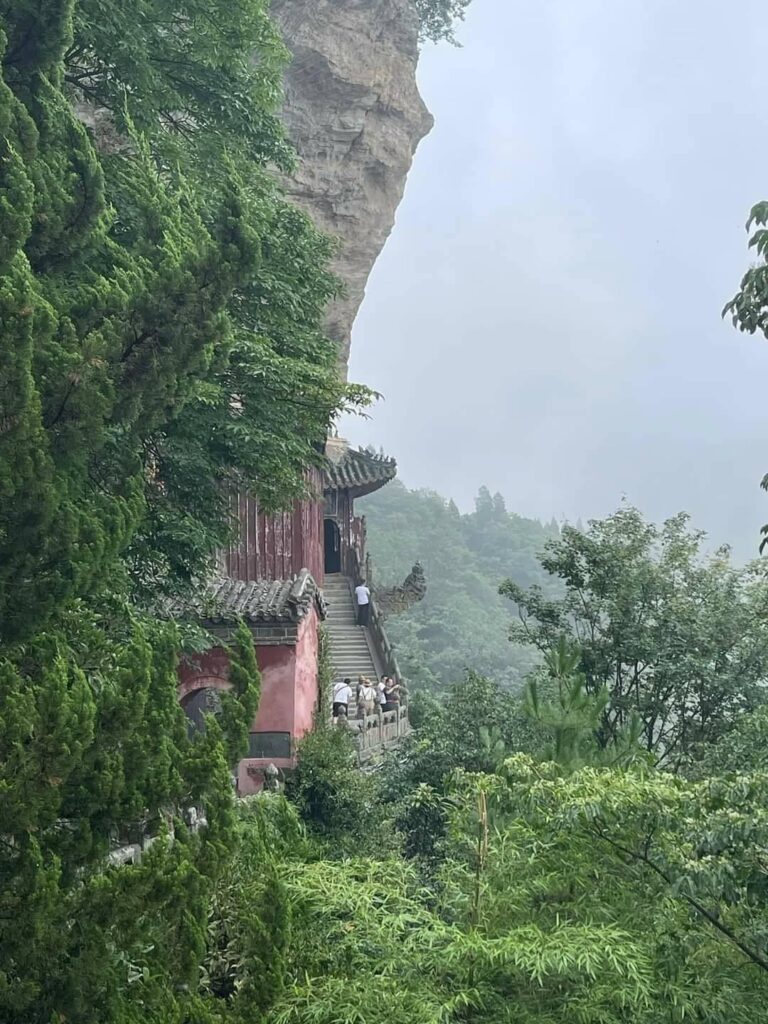
The Quanzhen Taoism is divided into one sect (six sects) and three sects
Quanzhen Sect: Longmen Sect, Yuxian Sect, Nanwu Sect, Suishan Sect, Laoshan Sect, Qingjing Sect
Huashan Sect
Wu-Tang Clan
Golden elixir sect
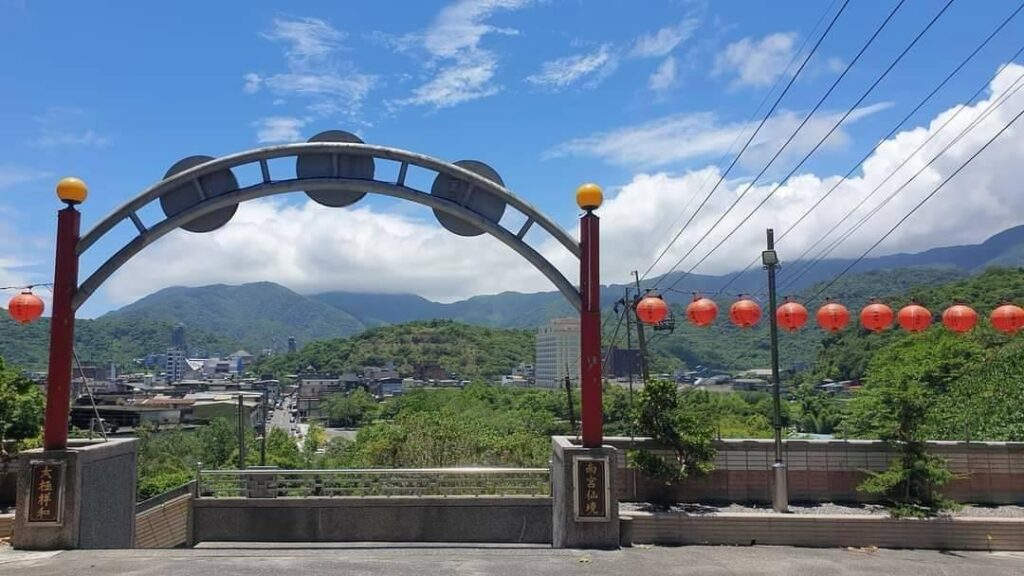
【Quanzhen Longmen Sect】
Quanzhen Longmen has the following characteristics:
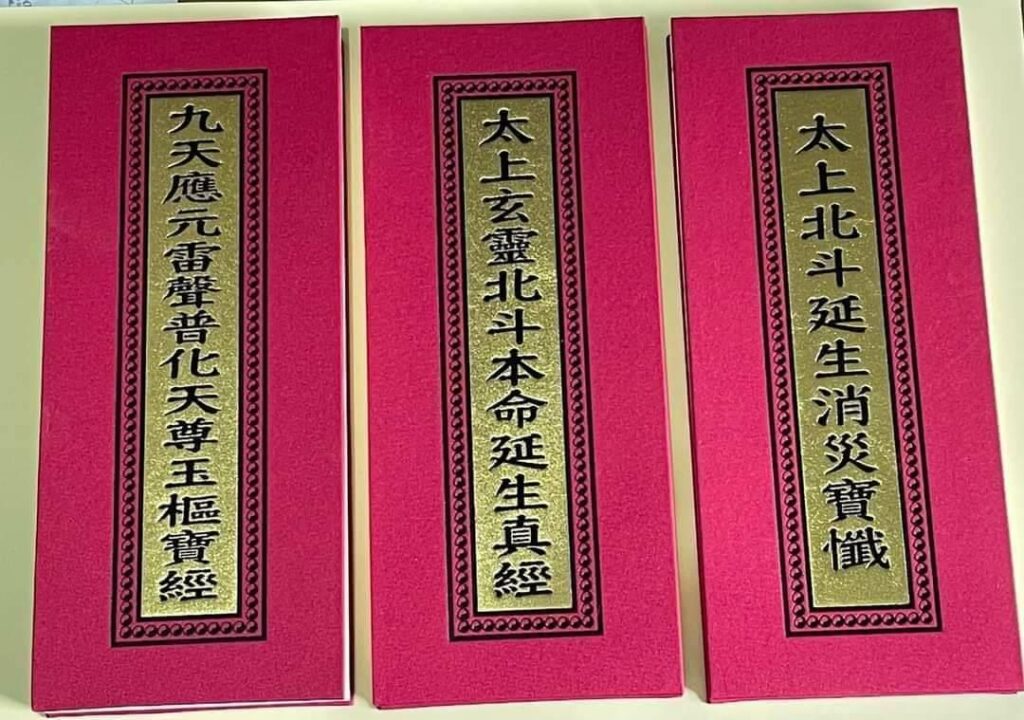
Taoism Quanzhen Longmen is a Taoist sect of Quanzhen Taoism with a unique culture and history.
The following are some characteristics of Taoism Quanzhen Longmen:
1. Taoism Quanzhen Longmen emphasizes practice and self-cultivation, focusing on inner improvement and spiritual purification.
2. The cultivation method of Quanzhen Longmen in Taoism is mainly inner alchemy cultivation, which includes the use of breathing, meditation, movement, Qi and other techniques.
3. The Taoist Quanzhen Longmen belief system has three major golden elixir ideas, namely, water, fire, and gold. It attaches great importance to the balance of yin and yang and the worship of the land, ancestors, and gods of the past dynasties.
4. Taoism Quanzhen Longmen promotes traditional culture, respects tradition, culture, history and moral values, and promotes traditional Chinese virtues such as loyalty, filial piety, justice, moral justice and so on.
5. The Taoist Quanzhen Longmen has a strict sect rules system, and the observance of the sect rules has extremely high requirements.
6. Taoism Quanzhen Longmen advocates the harmonious coexistence of nature and the universe, and reaches a higher level of life consciousness and realm through practice to maximize human potential and wisdom.
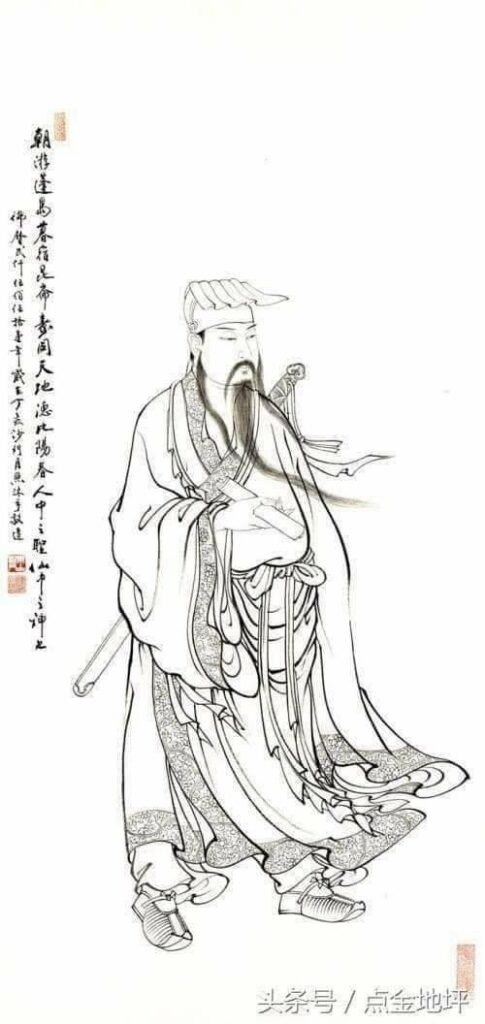
Wang Chongyang, a military attaché of the Jin Dynasty, was obsessed with the ideas of Zhong Liquan and Lu Dongbin. In 1160, he began to establish a nunnery and practice Taoism on his own. In 1167, he founded the Quanzhen Sect in Ninghai, Shandong. The Patriarch Wang Chongyang (1112-1170) was born in the second year of Zhenghe of Emperor Huizong of the Song Dynasty. After entering Taoism, he changed his name to Zhi (or Zhe), with the courtesy name Zhiming and the nickname Chongyangzi. He called himself “harming wind” and was the founder of Quanzhen Taoism. He is revered as one of the “Five Northern Ancestors”. His disciples include Qiu Chuji, Tan Chuduan, Ma Yu, Liu Chuxuan, Wang Chuyi, Hao Datong, and Sun Buer, who are known as the “Seven Disciples of Quanzhen”. Since the founder Wang Chongyang admired Zhong and Lu’s thoughts, the Quanzhen sect respected Lu Chunyang as its leader.
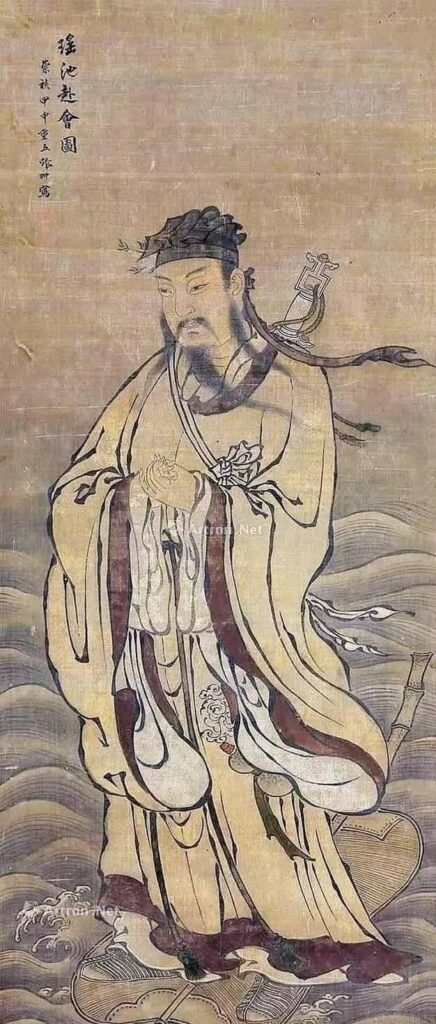
When Genghis Khan, the Mongolian Khan, was on his Western expedition, he invited Qiu Chuji to meet him in the Western Regions and asked him about ways to govern the country and maintain health. Qiu Chuji responded by saying “respect God and love people,” reduce massacres, and be abstinent. Genghis Khan called Qiu Chuji “immortal”. Because Qiu Chuji gained the respect and trust of the Khan, the Quanzhen Sect grew in strength in the Yuan Dynasty.
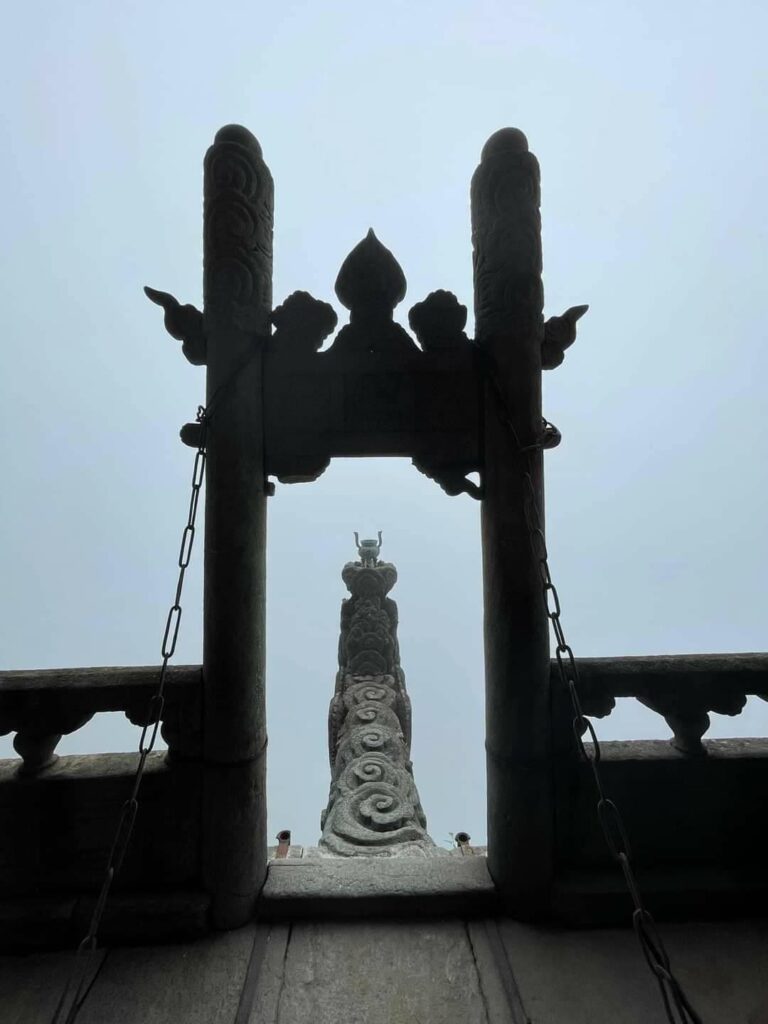
After Qiu Chuji’s death in 1227, the Longmen sect gradually declined. It was not until the Shunzhi period of the Qing Dynasty that Wang Changyue, the seventh generation “barrister” of the Longmen sect, opened a forum to preach Dharma in Baiyunguan, Beijing, and attracted more than a thousand disciples. The Longmen sect once again flourished prosper.
Liu Yiming (1734-1821), the eleventh generation “simple Sanren” of the Longmen Sect, met “Old Man of Gonggu” and “Xianliu Zhangren” who taught him alchemy. It was compiled into “Twelve Types of Taoism”, which was widely circulated and became a major master of inner alchemy in the Qing Dynasty.
To be continued
【Taoism Quanzhen under the Dragon Gate】
【Quanzhen Dragon Gate is under Taiwan】
https://m.facebook.com/story.php?story_fbid =836570961592511&id=100057188450585&mibextid=Nif5oz
In the photo, outside Suao Guide Palace, there are Wudang Mountain, Heming Mountain, and Laojun Mountain
#Taoism #Quanzhen #Suao Guide Palace #道元Hemingshan
# Quanzhen Yanjiao #正道宗
#Northeast corner#Northeast corner coast
